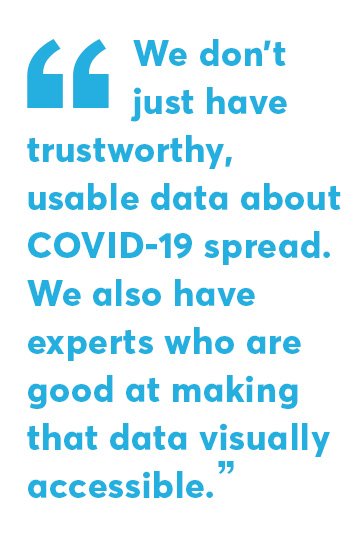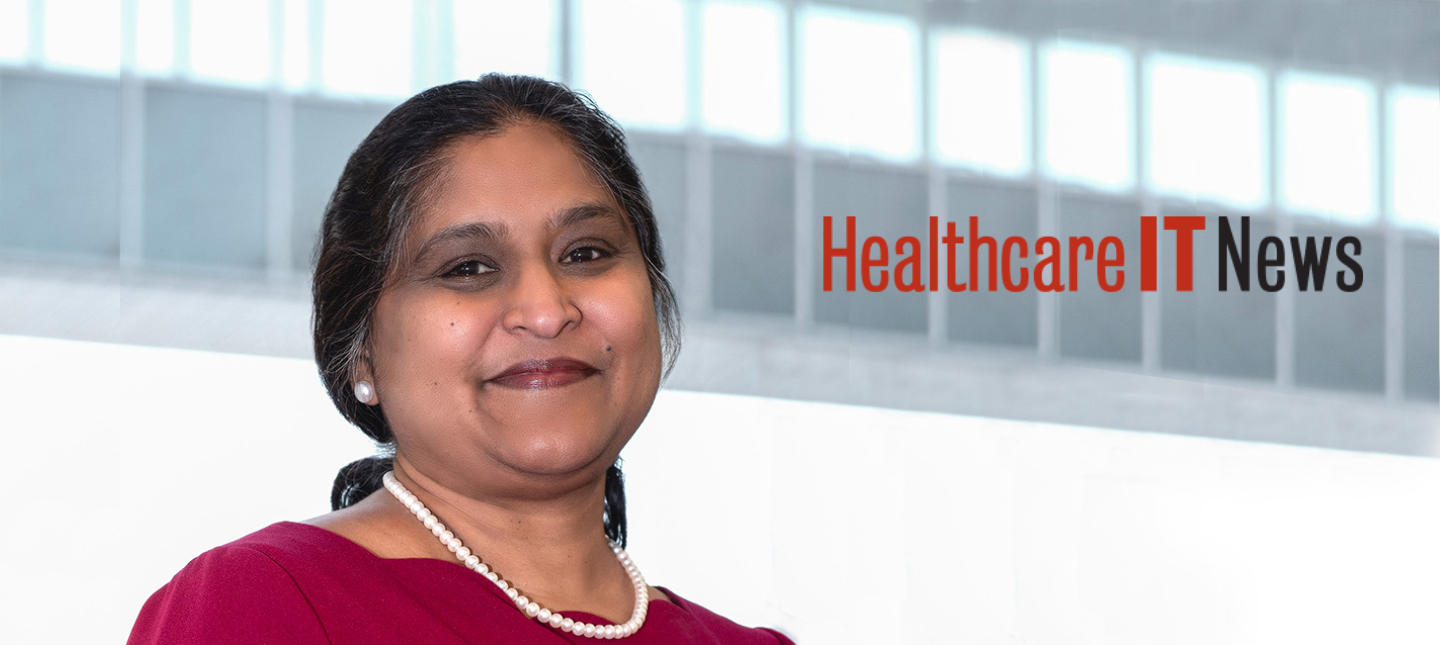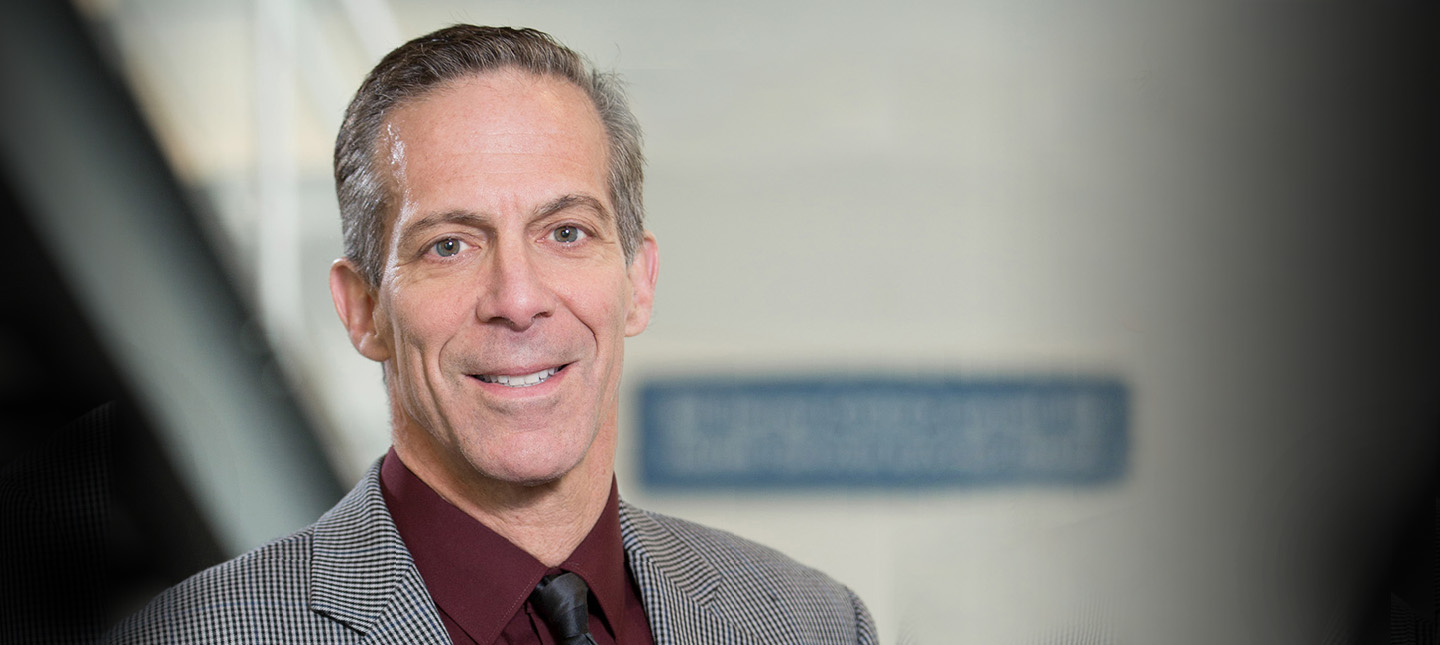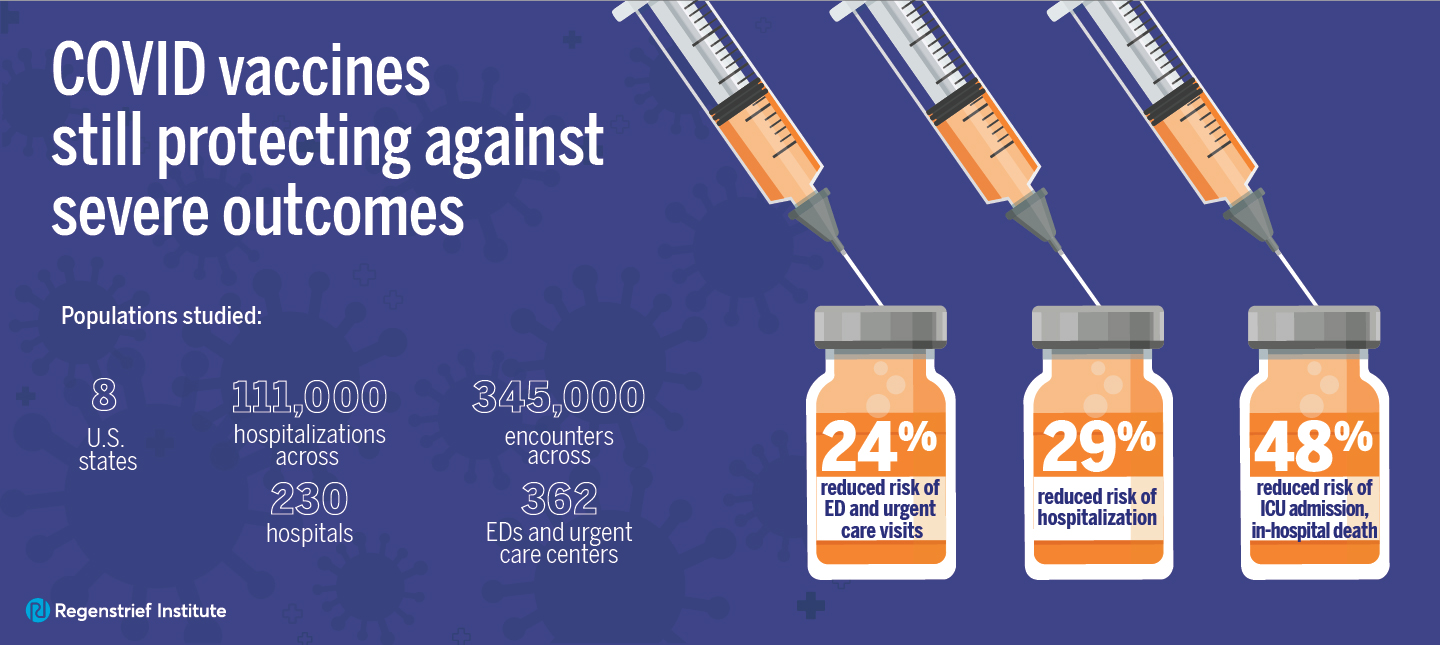A coalition of multidisciplinary leaders has helped Indiana greatly in reducing the spread of COVID-19. Learn about this team from the Indiana Pandemic Information Collaborative leader and Regenstrief President and CEO, Peter Embí, M.D., M.S.
Transcript
Phil:<
Responding to the COVID-19pandemic has been a teameffortinvolving a widevariety of institutions and organizations. Think about it: we’ve needed the effortsand ingenuityof the food supply chainand other essential businessesto make sure that our pantries stay full.Our cities have needed transit workers, gas station attendants, power companies, and sanitation workers to make sure that our communities stay functional.
In the same way, theeffort to contain thespread of the virus has required a largecoalitionof experts, leadersand policymakers. And of course, it’s taken the work and cooperation of all of us followingpublic health recommendations likemasks and social distancing.
On today’s episode, we’ll talk about a Hoosiercollaboration of leadersin health sciences, dataand other areas from government agencies, businesses, academic institutions and nonprofits, who have made a huge impact in Indiana’s efforts to stop the spread of the virus.
Welcome to The Problem. I’m your host, Phil Lofton.
 [Theme]
[Theme]
Phil:
Soon after the pandemic began, a coalition of organizations in Indiana took stock of the life sciences landscape and recognized thatthey could make a greater impact on the virus’ trajectoryworking together than they could alone.
During the 2020annual meeting of the Indiana Clinical Translational Sciences Institute, an organization that promotes clinical research in every county of Indiana, Regenstrief President andCEO, Dr. Peter Embí, spoke aboutsome of the earliest objectives and targets of the Indiana Pandemic Information Collaborative, also known as IPIC.
Peter Embí:
Sothis effort had various goals and objectives that we laid out early on. We wanted to leverage our complementary expertise and capabilities. We wanted to enable coordination across groups working on similar and related activities, improve communication about what we were all doing and avoid duplication of effort because we knew we couldn’t afford to do that and gain efficiencies, enable more responsive decision-making in cutting through bureaucracy, and then informing best practices, developing and adopting the use of resources across the various sectors. And then ultimately, the goal was to improve health through the optimal use of information. And in order to achieve that, we had guiding principles and we laid these out very early on as well.
Phil:
Those principles includedcelebration of different perspectives, and collaboration.This was absolutely critical, since the efforts of IPIC included experts from a variety of disciplines and industries – everything from data science to pharmaceuticals – all of whom were essential for success. After all, they were all representatives of what makes Indiana such a special place when it comes to the Life Sciences.
Peter Embí:
We recognized very early on all of us here that responding to this pandemic, of course, was going to take multiple stakeholders and be a multidisciplinary effort. Of course, there were numerous groups at the state and the private sector at our academic institutions and the like that immediately recognized the need to leverage data assets. And we happen to be blessed here in Indiana with a robust set of data assets because of work that’s happened over the last several decades. To establish, for instance, a health information exchange to establish incredible assets at the level of the state for being able to manage data and being able to display that. And so very quickly we all started to work together on this. And even before our first case, key stakeholders from the public and private sectors came together to identify existing resources and gaps and start to prioritize theright responses. And pretty quickly, myself and others began to talk about how it would be helpful to have a group that actually couldmeet on a regular basis and talk about a lot of the kinds of issues that we were facing. And importantly figure out how we can overcome barriers and leverage those existing resources.
Phil:
One of the most notable ways that IPIC has leveragedthese resources has been to create the RegenstriefCOVID-19 dashboard, a powerful tool to visualize and track the rates and trends of COVID-19 statistics in the state of Indiana.
That dashboard has only been possible because of Indiana’s unique situation. In Indiana, we have the Indiana Network for Patient Care, one of the largest data repositories in the country, andmanaged by the Indiana Health Information Exchange. We also have the state’s Management Performance Hub, which we talked about in Season 1 in a discussion on how experts theremade data visible to helpfightthe opioid crisis.In other words, we don’t justhave trustworthy, usable dataabout COVID-19 spread, but we also have experts who are good at making that data visually accessible.
A significantimpact of the tool has been its clear communication of health data in a way that isunderstandable by health experts and non-experts alike.
Peter Embí:
I think we all knew that there was a public interest in this. But it’s certainly been gratifying to see and challenging in some ways to understand.When we are talking about these things and presenting them. How do we do that in a way that actually canallow this to be communicated for the general public to understand. That includes the press and others who then translate things to the general public. And that’s been a really keypart of this.
Phil:
But partners involved in IPIC, including Eli Lilly, Indiana Biocrossroads,state agencies,multiple health systems and universitieshavealsomade an impact beyond the dashboard, locally and nationally.
Peter Embí:
Very early on we started to employ a lot of what we have expertise in here in the state in terms of data standards like LOINC for our laboratories. And in fact, we’ve been doing that work internationally since January to address the pandemic. But here in the state. A lot of work, particularly to our health information exchange, on ensuring that the data interchange between health data sources, the surrounding states and the metropolitan areas that connect us to other surrounding states are all aligned and then leveraging of secondary data sources as well. And to create a point of escalation. And this has been very useful to sort of have a group that then can identify any obstacles and be able to improve the degree to which we are exchanging information. Working with our hospitals and health systems, critically important activities around collaborative data sharing, standardization and dissemination of COVIDrelated documentation, and then bidirectional communications so that everybody can benefit from what the others are learning. And then a lot, frankly, too much to go into in terms of national collaborations as well, where groups in Indiana are collaborating nationally.
Phil:
The work that IPIC has been able to accomplish has been very influential. The COVID-19 dashboard, as we’ve said already this season in its featured episode, has been cited dozens of times by news organizations. Other data modeling performed by IPIC has helped Hoosiers efficiently use PPE, build staffing models to prepare for surges, and helped paint a clearer picture during the process of returning to workoutside the home.
To learn more about the Indiana Pandemic Information Collaborative, visit pandemiccollaborative.org, and you can see the RegenstriefCOVID-19 dashboard in action at regenstrief.org.
Join us next time. We’ll see you then, on The Problem.
Music this episode was by Everloneand Blue Dot Sessions. Our theme and additional musical cues were written and performed, as always, by a Coalition of the Willing.







